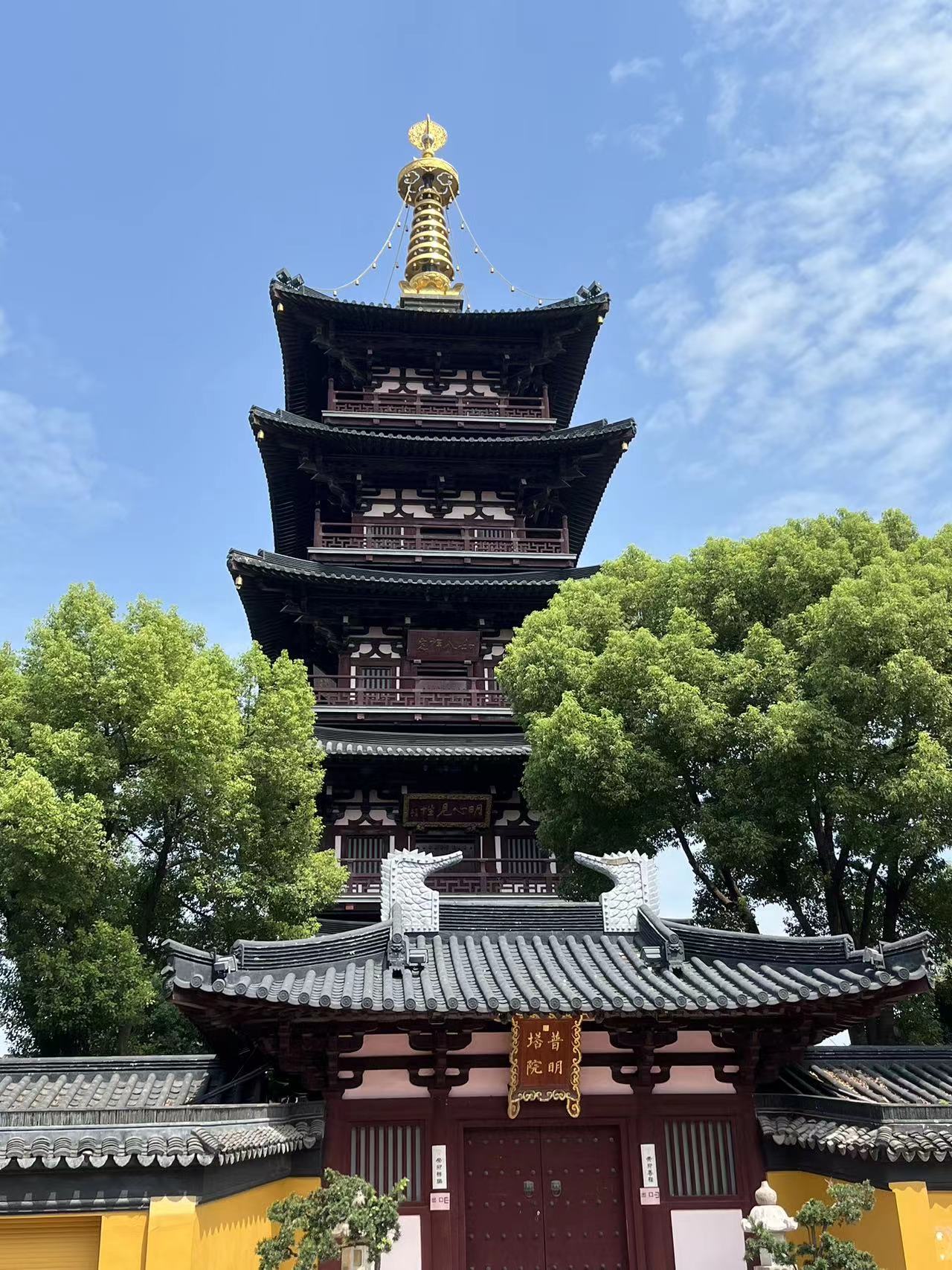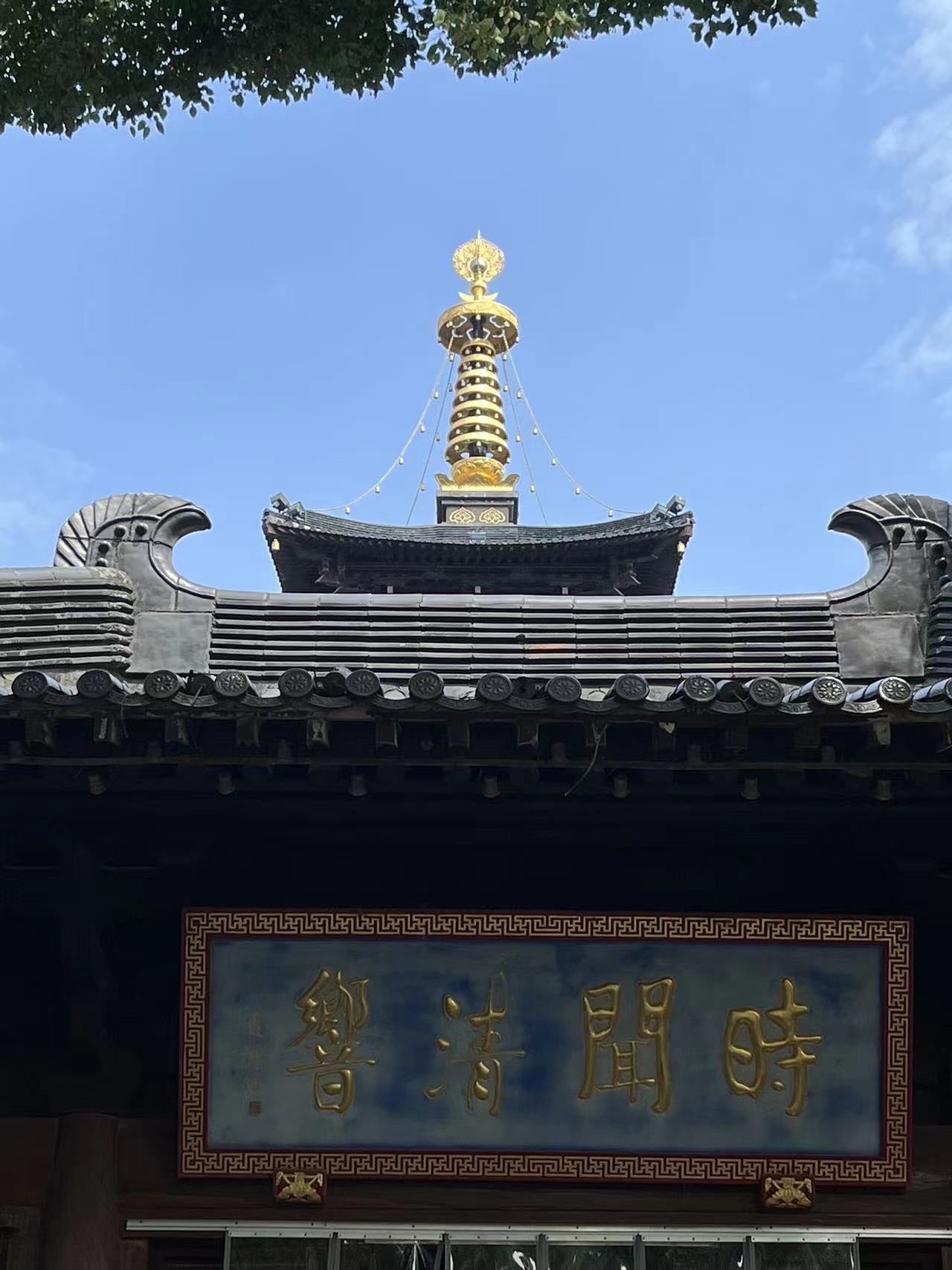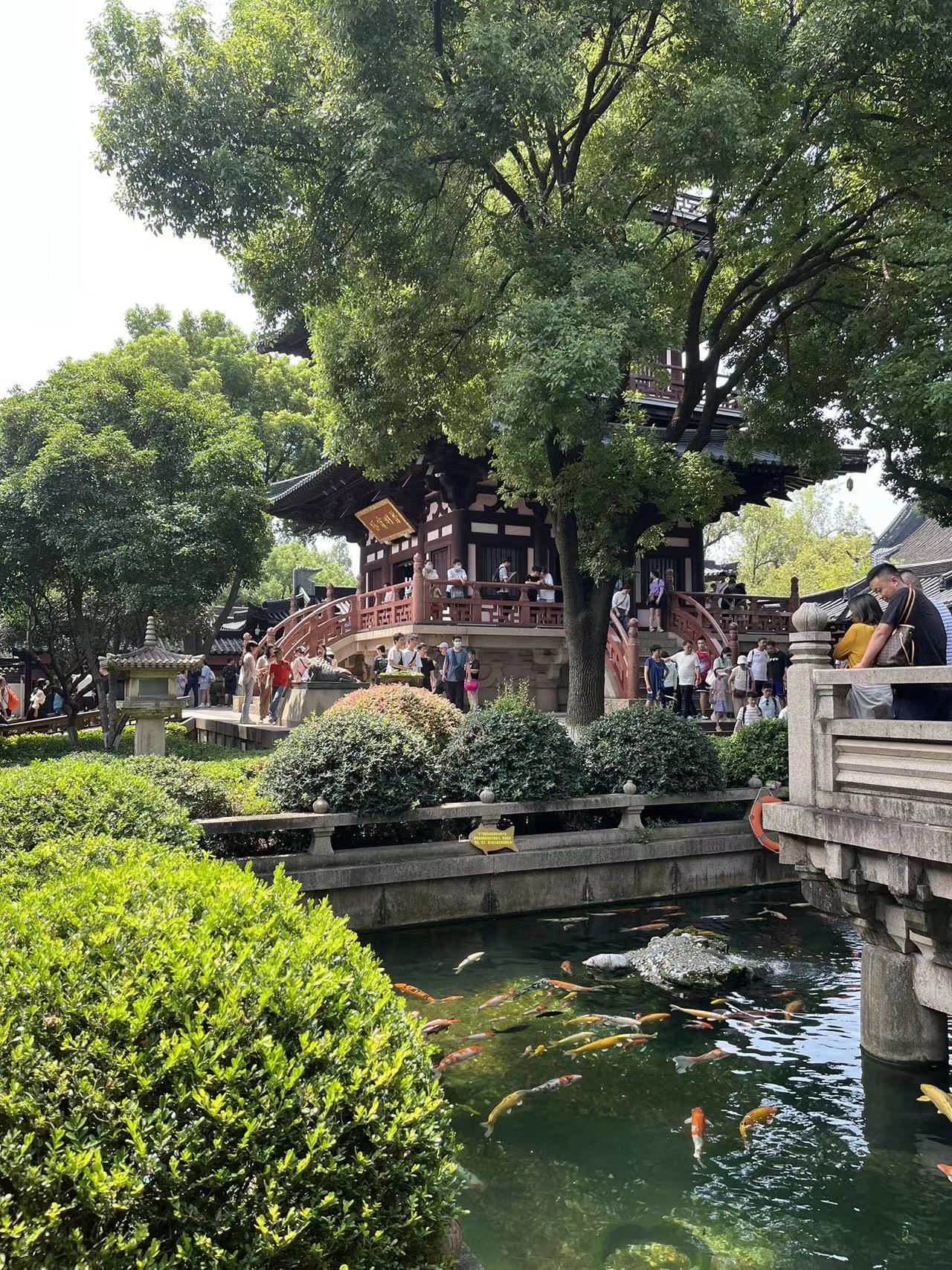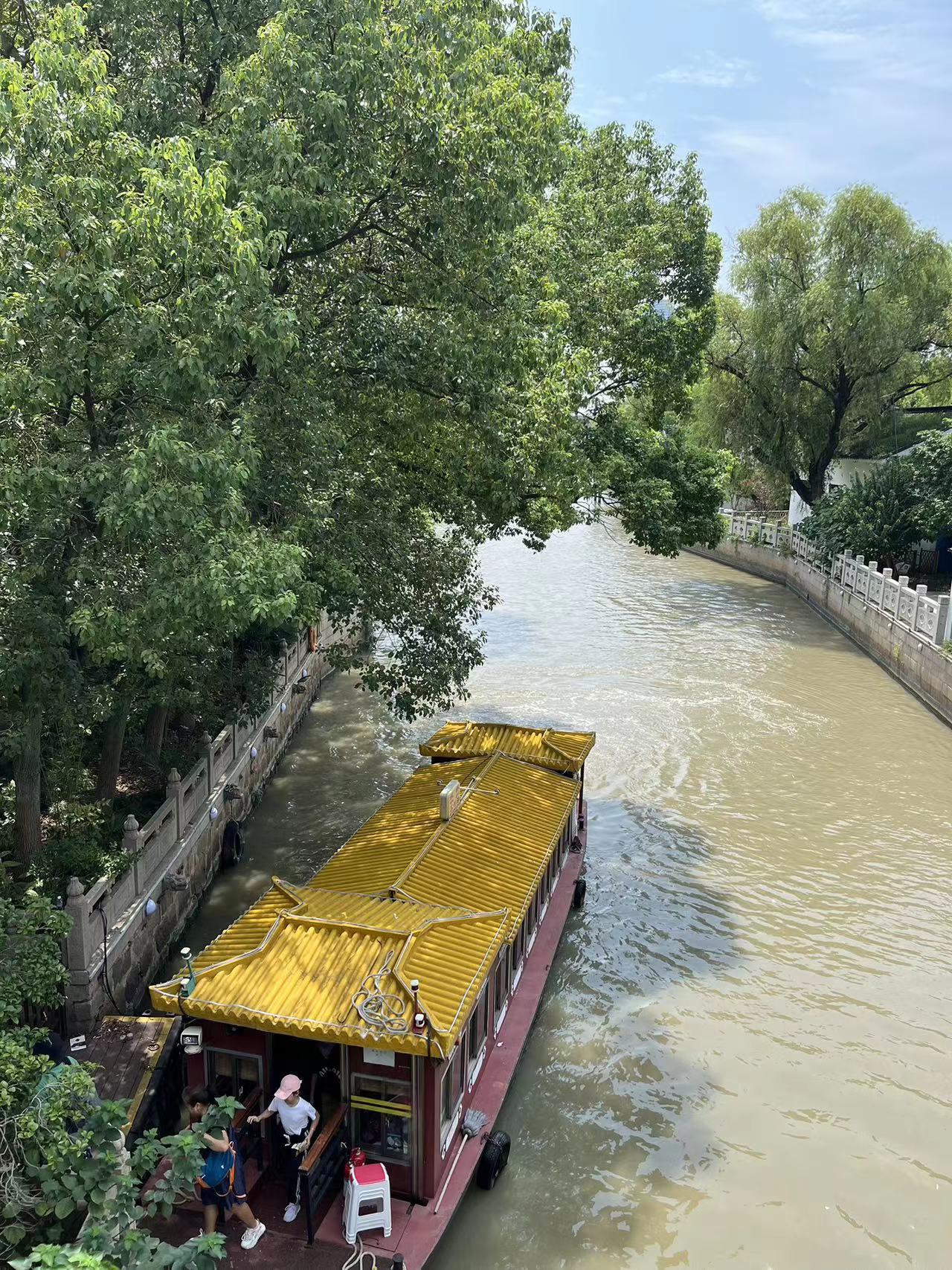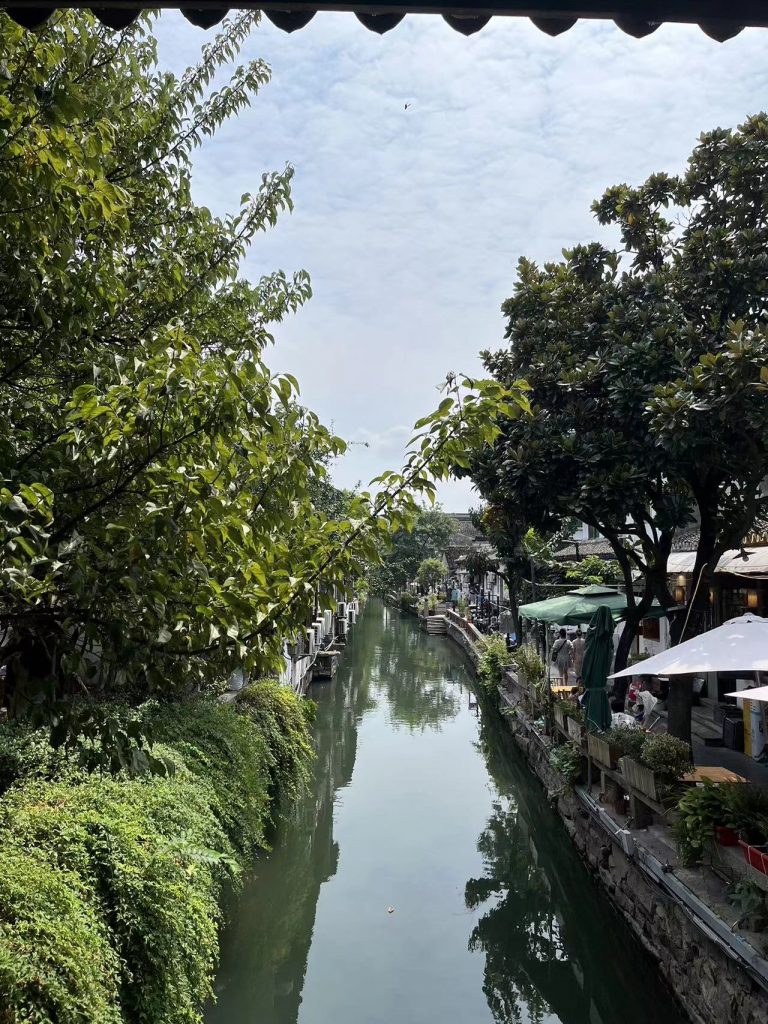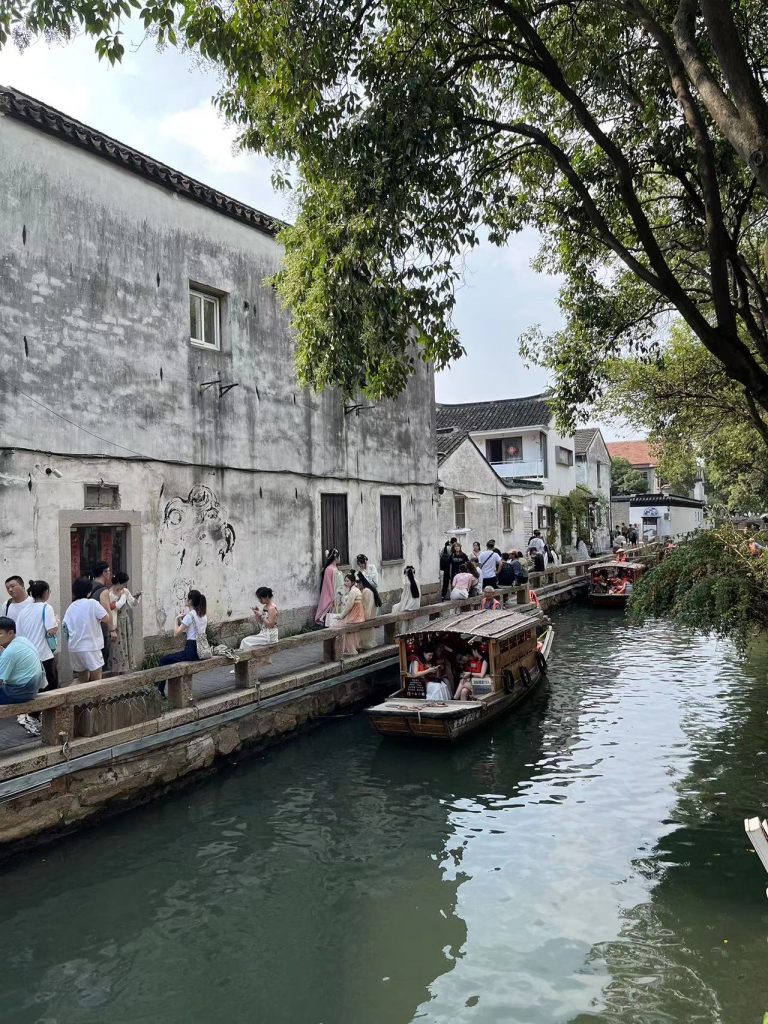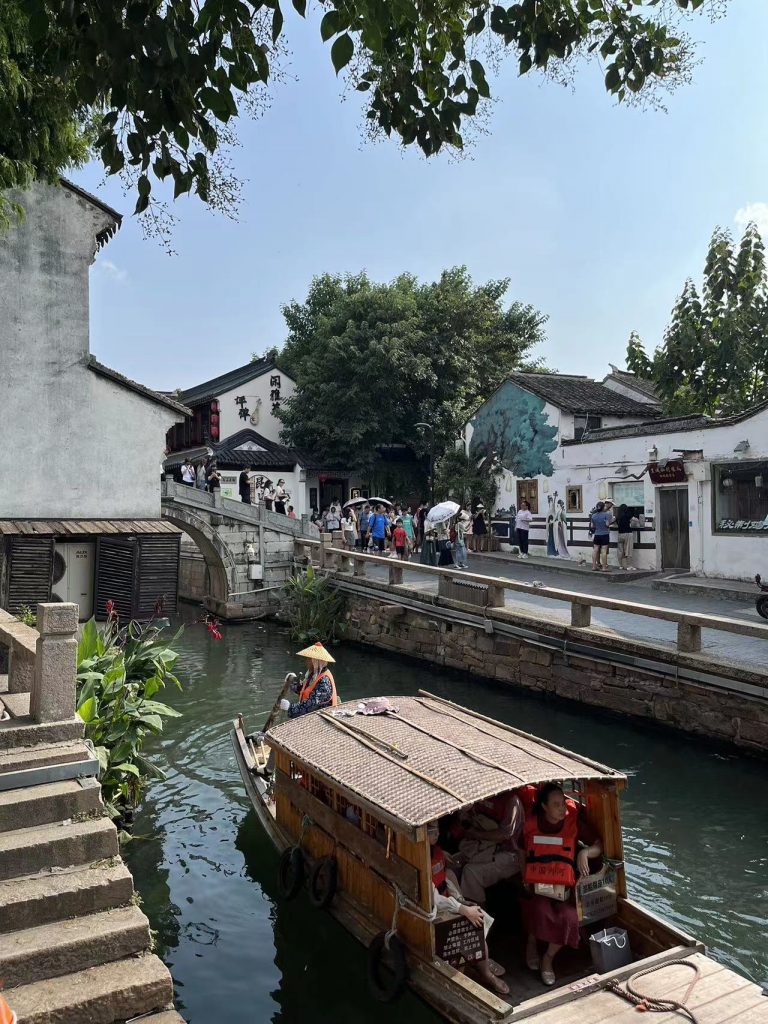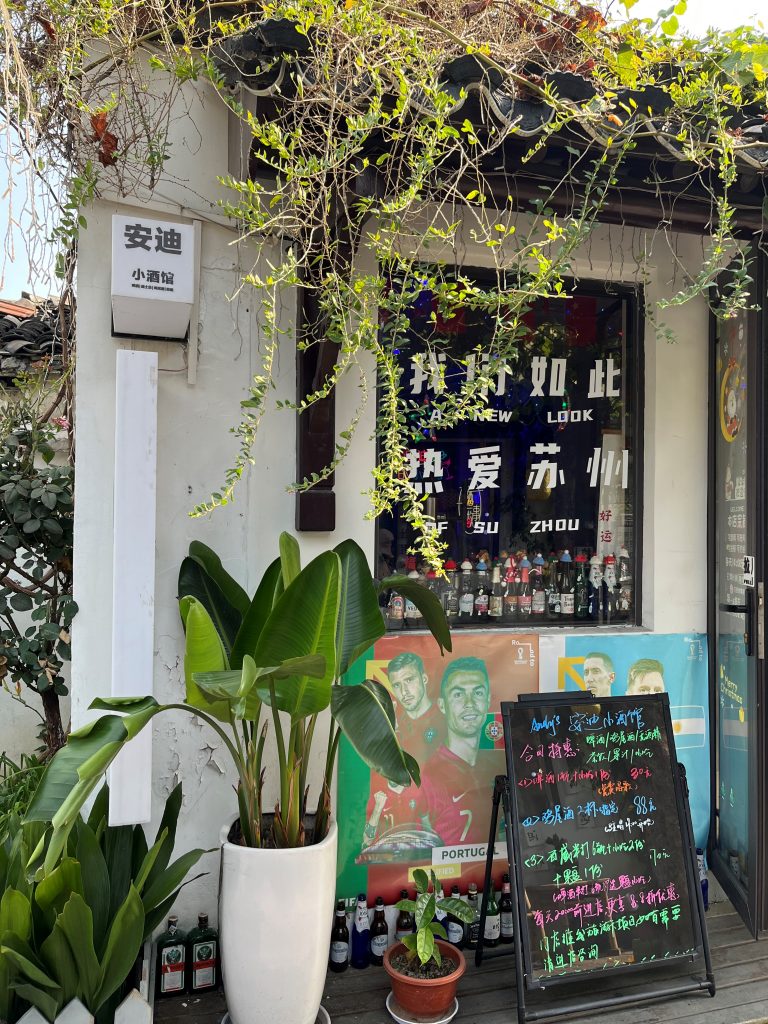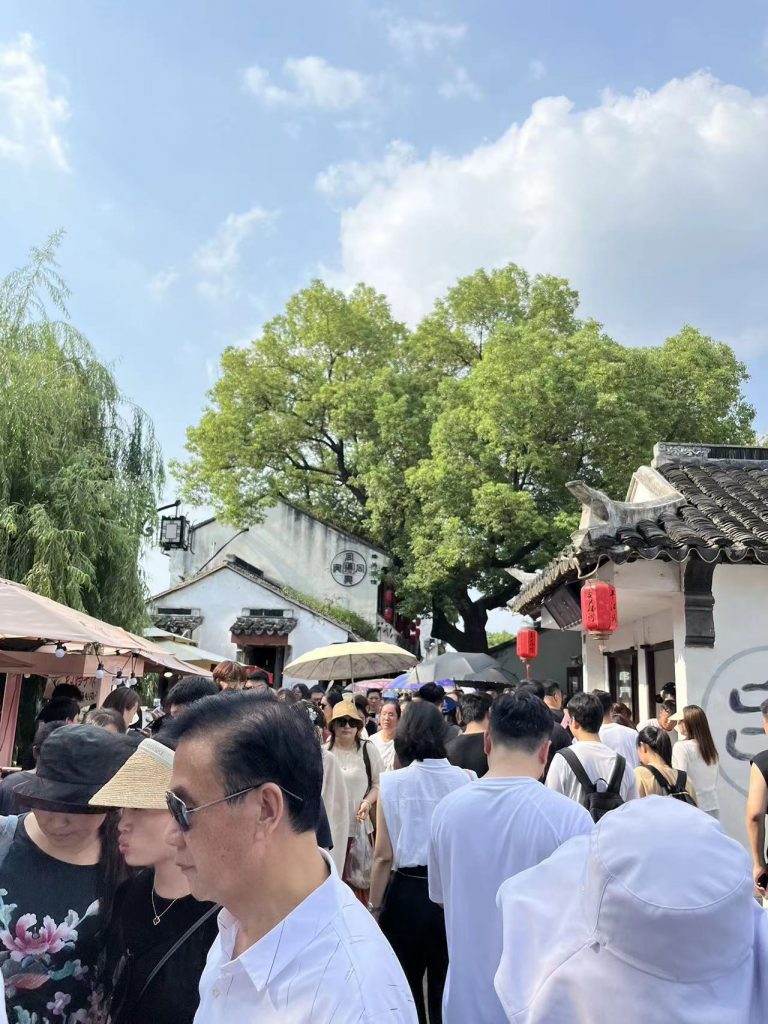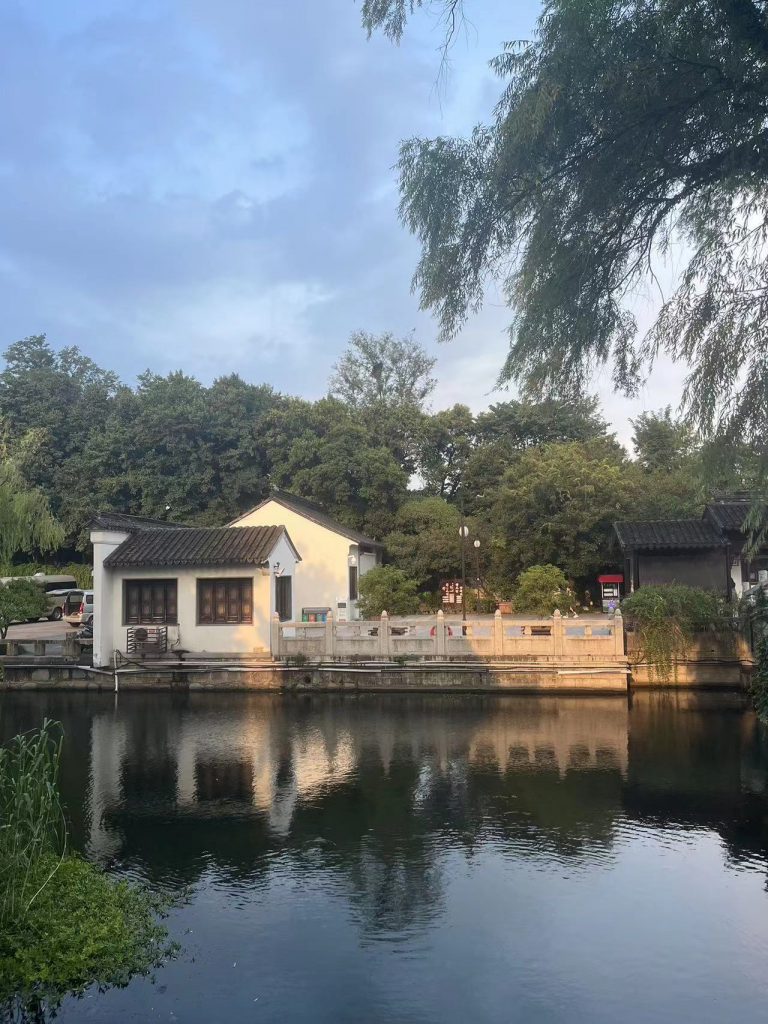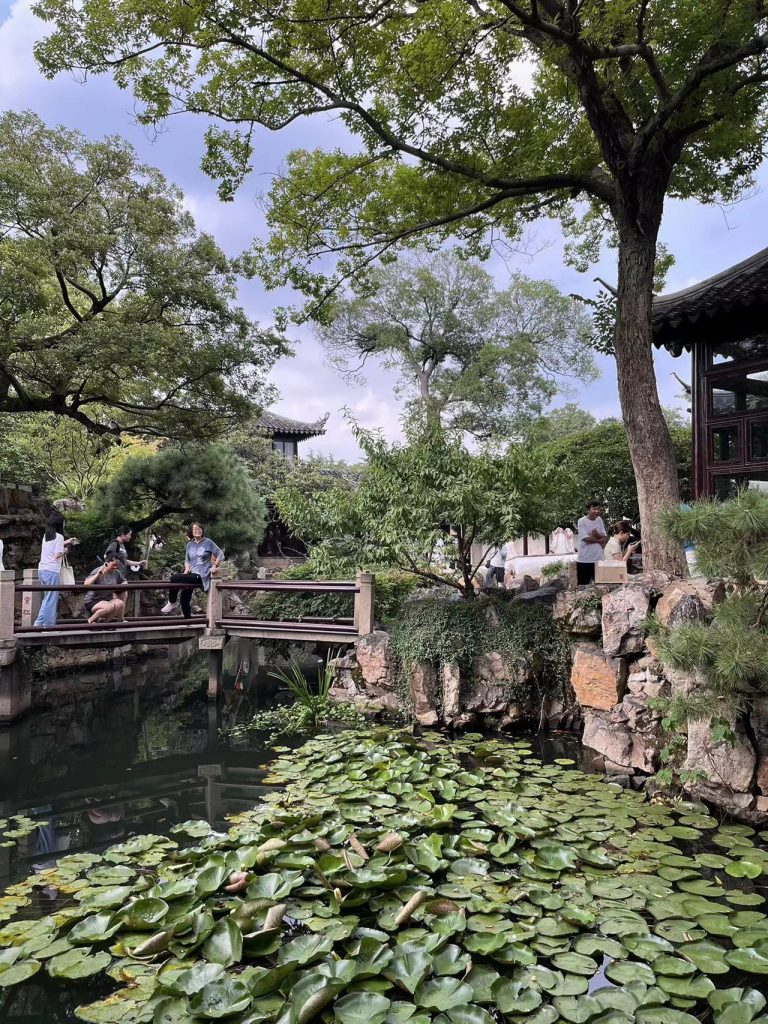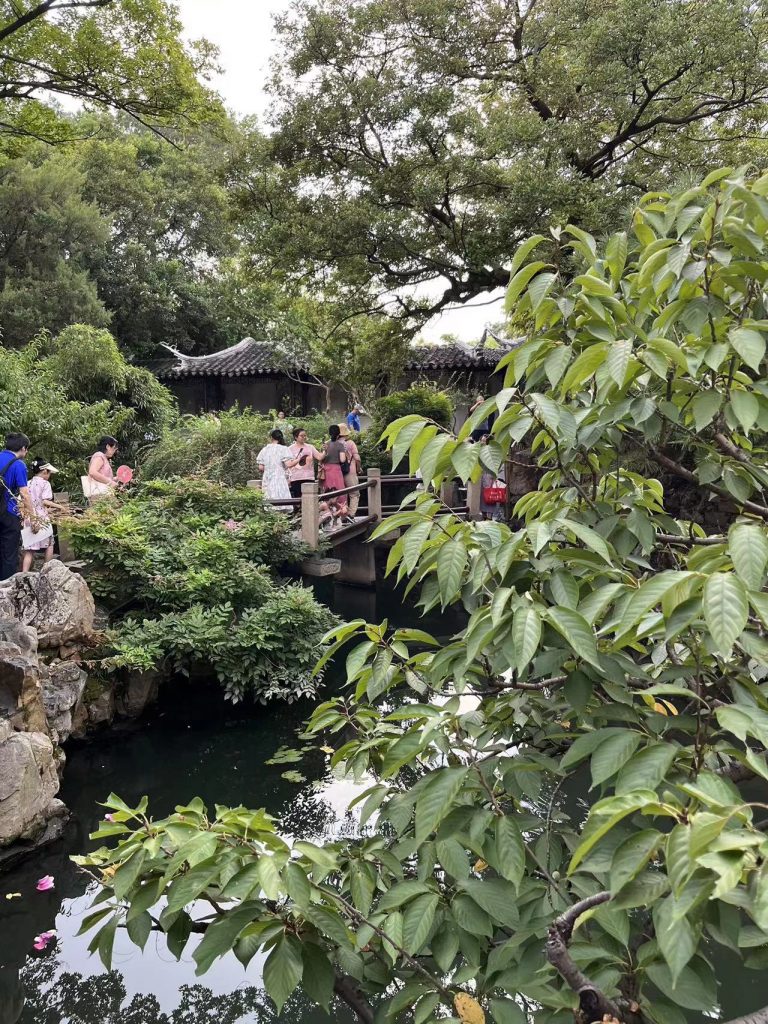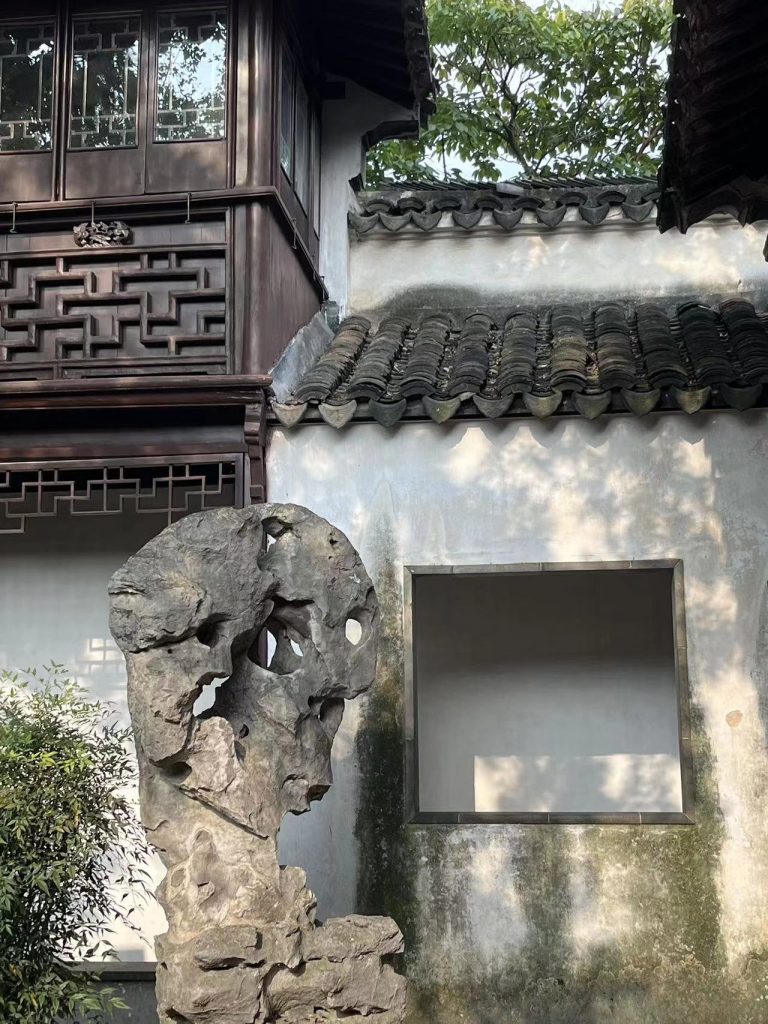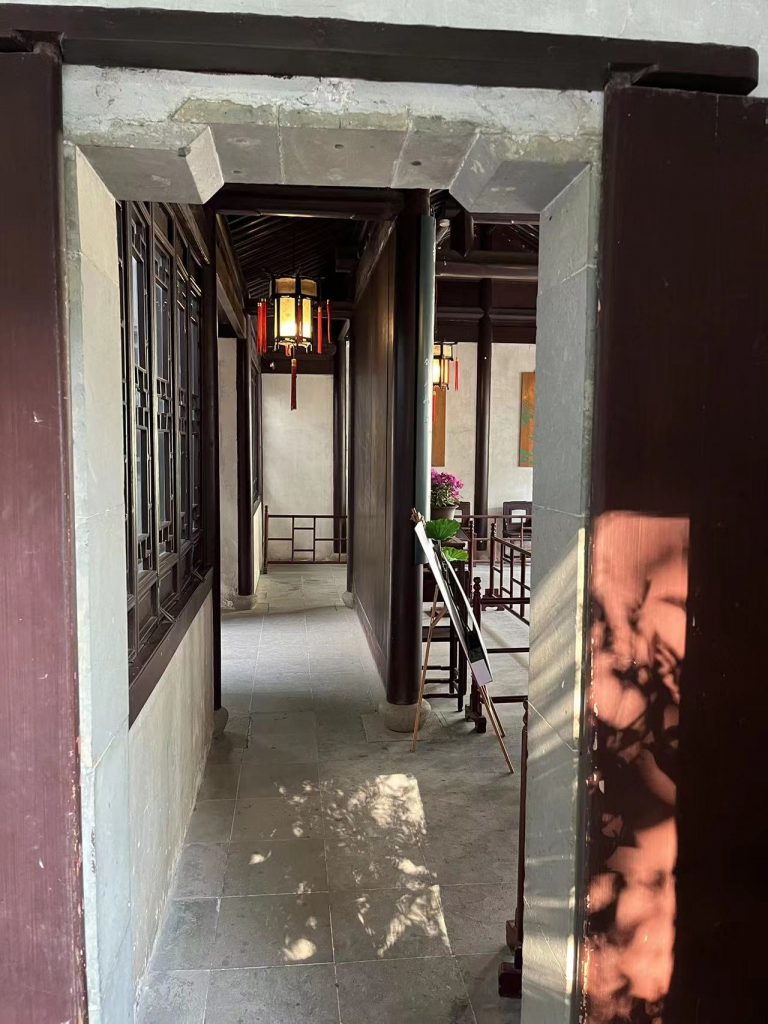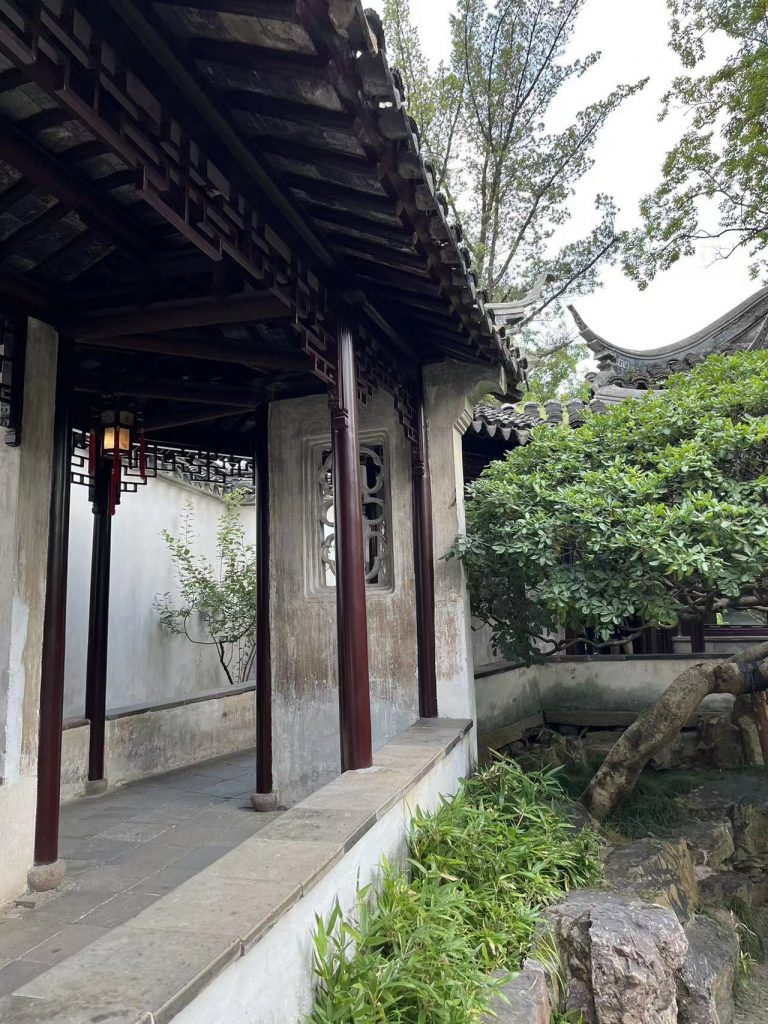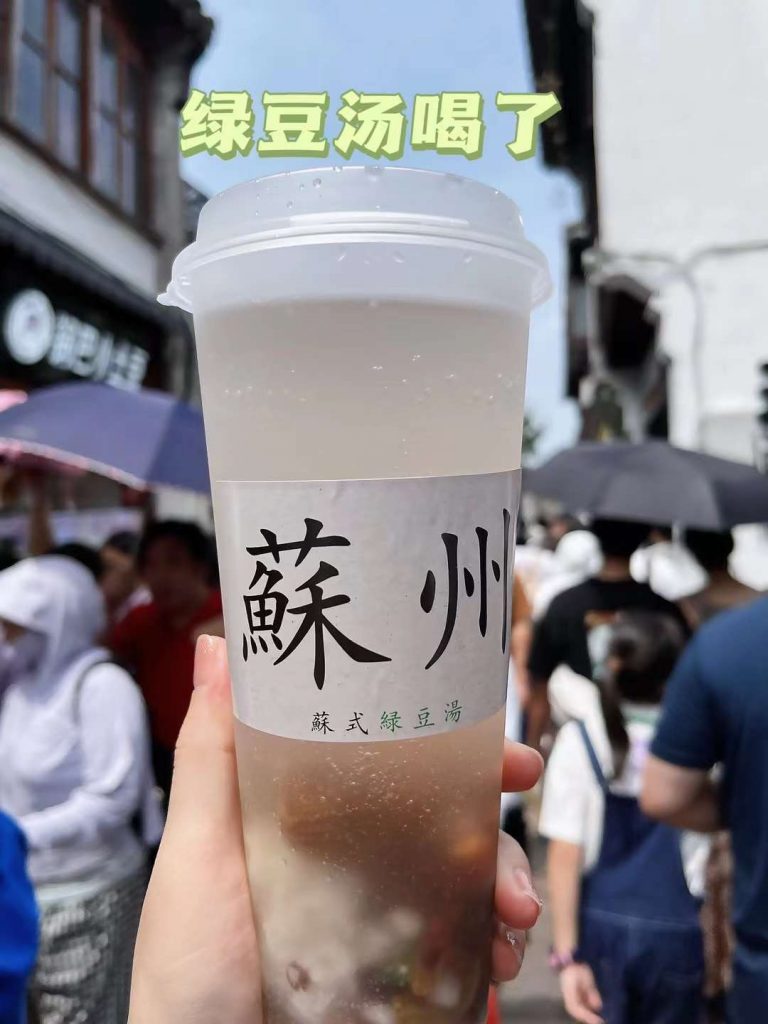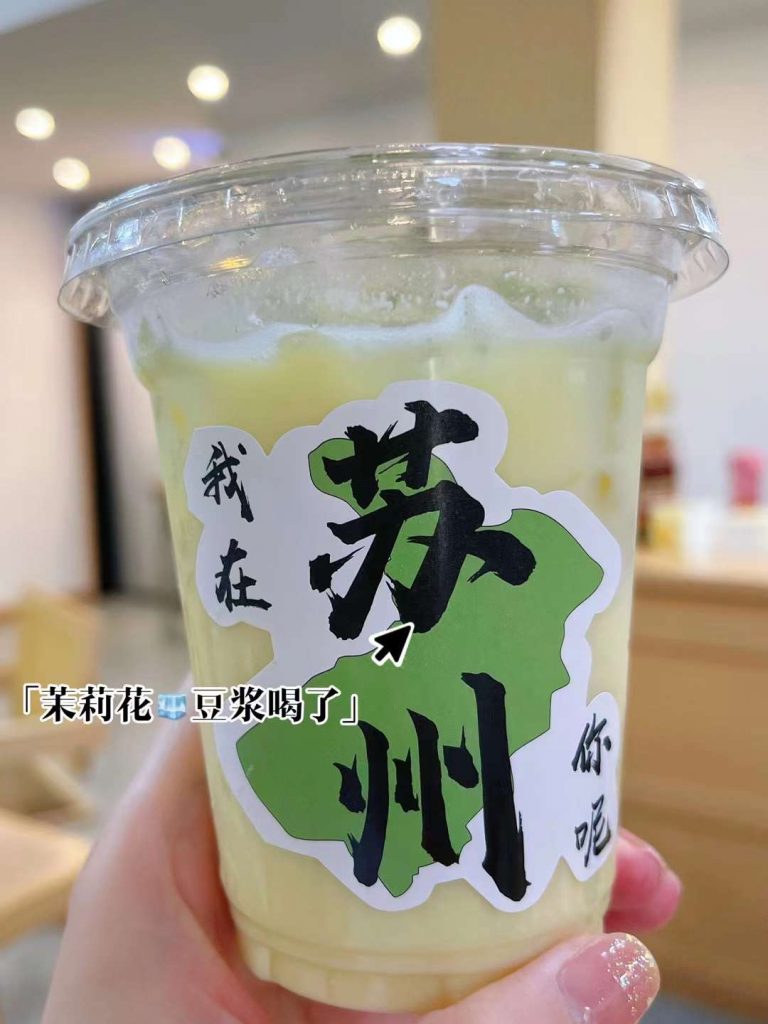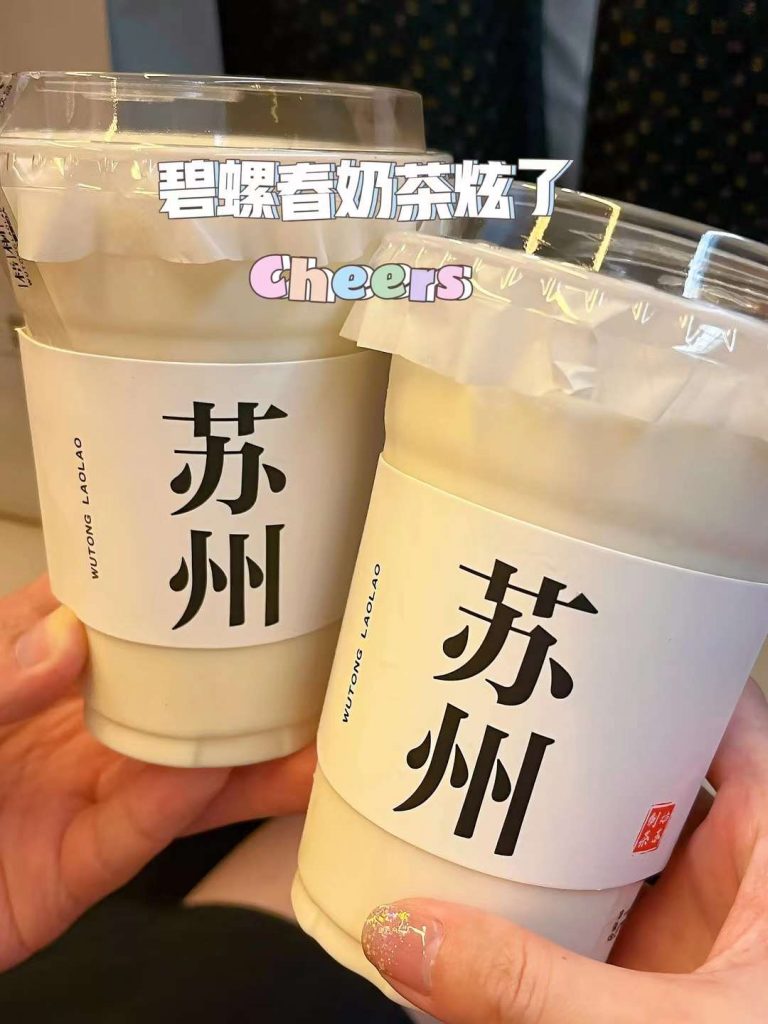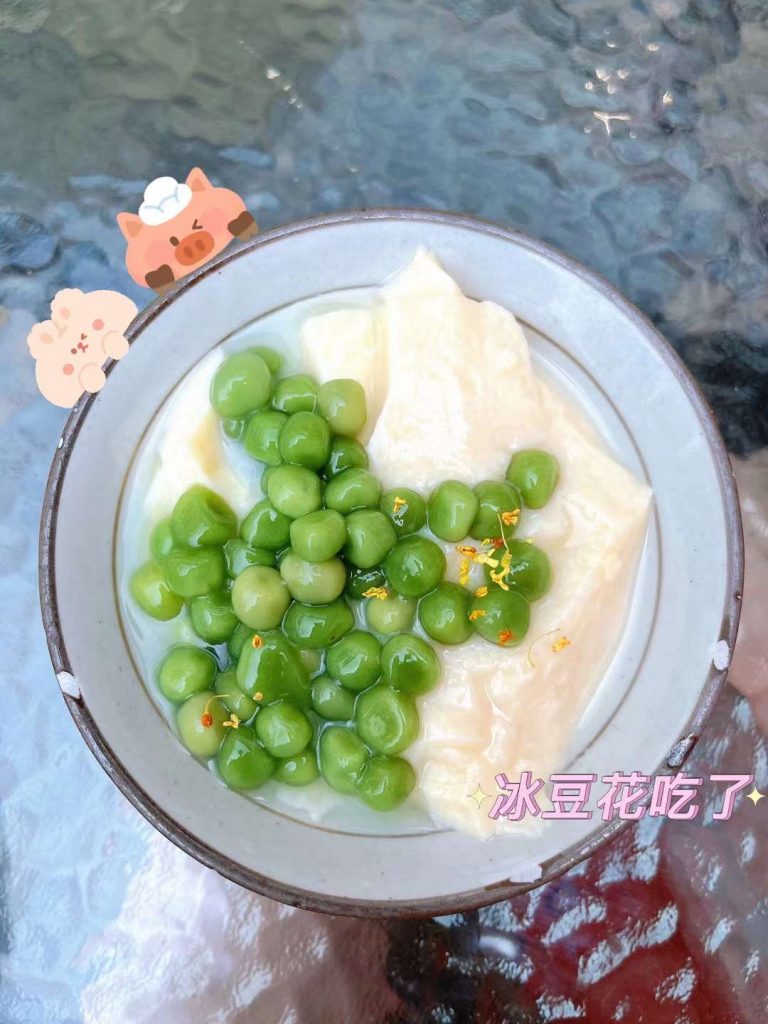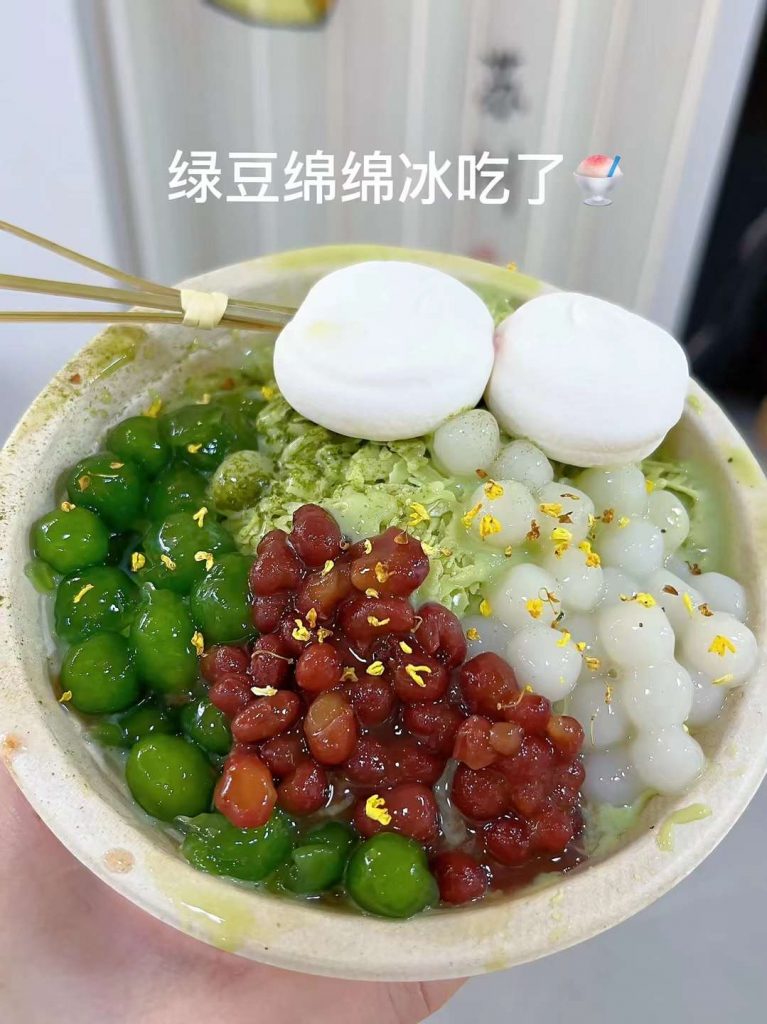As the Chinese proverb goes, ‘What Paradise is to the Heaven, Suzhou and Hangzhou are to the earthly urban (上有天堂,下有苏杭 shànɡ yǒu tiāntánɡ, xià yǒu Sū-Hánɡ)’. This blog post will give you a glance over Suzhou city (苏州) in Jiangsu province, following Jiangyue CHEN (陈江月), a QUB graduate in TESOL, who recently relocated to Shanghai (上海) for her new job and paid her first visit to its neighbouring city.
I set off from Shanghai at 9:00 in the morning and arrived in Suzhou in just half an hour by high-speed train (高铁 gāotiě).

Suzhou is a charming city in the southeast of China, famous for its long history, rich culture and exquisite ancient gardens. Suzhou has many attractions worth visiting, among which Hanshan Temple (寒山寺 Hánshān Sì), Pingjiang Road (平江路 Píngjiāng Lù) and Couple’s Garden (耦园 Ǒu Yuán) are three must-sees.
Hanshan Temple 寒山寺
Hanshan Temple is one of the oldest Buddhist temples in China, dating back to the 6th century. It is named after a legendary monk and poet named Hanshan, who lived here with his friend Shide. Their poems are full of Zen wisdom and life humor, and are collected in the book “Cold Mountain Poems”. Hanshan Temple has a tranquil and elegant atmosphere, with various buildings such as the Mahavira Hall (大雄宝殿 Dà Xióng Bǎo Diàn), the Bell Tower and the Puming Pagoda. It also houses many precious relics and artworks, such as the Tang dynasty bronze Buddha, the Song dynasty stone carving of the Diamond Sutra, and the Ming dynasty wood carving of the Eighteen Arhats (十八罗汉 Shíbā Luóhàn). Hanshan Temple is famous for its bell ringing ceremony on New Year’s Eve, which attracts thousands of visitors every year to listen to the 108 strokes of the giant bell and pray for blessings.
Pingjiang Road 平江路
Pingjiang Road is the most well-preserved historical street in Suzhou’s old city area, reflecting the style of the Tang and Song dynasties. It was an important grain storage and transport center in southern China during the Ming and Qing dynasties. Pingjiang Road is 1606 meters long, and was selected as one of the “Top Ten Historical Streets in China” in 2009. Along Pingjiang Road, there are many quaint shops and bars, selling various Suzhou specialties such as food, handicrafts, tea, etc. There are also many cultural celebrities’ former residences and historical sites, such as Sai Jinhua’s former residence, Zhang Xueliang’s former residence, Couple’s Garden, etc. Pingjiang Road has a beautiful night view when the lights are on. You can take a hand-pulled boat on the river and enjoy the scenery.
Couple’s Garden 耦园
Couple’s Garden was originally named Shiyuan Garden, built in the late Qing dynasty by Shen Bingcheng, who changed its name to Couple’s Garden after he met his talented wife Yan Yonghua. They lived here for eight years in seclusion. Couple’s Garden is a good place for couples to visit, as well as for those who want to appreciate Suzhou gardens in a quiet environment. Couple’s Garden is a twin garden, with an east garden and a west garden. The east garden is the essence of Couple’s Garden, with magnificent yellow stone rockeries and “Three Friends of Winter” made of boxwood and privet trees. The west garden is small and exquisite, a good place for reading books. Couple’s Garden also has many details and cultural elements that show the love story of Shen and Yan, such as Chengqu Caotang Hall, Wusuyun Pavilion, Tingqin Pavilion, etc. Couple’s Garden is surrounded by water on three sides and connected to the street on one side. It also has a private pier where you can take a boat to explore the surrounding water town.
There are many more interesting places in Suzhou worth exploring. The Suzhou Museum is another must-see place on my list. However, it requires bookings at least one week in advance and I missed it. Never mind, I will save it for next time – not too long!
Local delicacies
Besides these three attractions, Suzhou also has a lot of delicious food to offer. Suzhou cuisine is one of the eight major cuisines in China, featuring fresh ingredients, light taste and delicate appearance. Below are three dishes made of fresh water produces – I ordered and tasted the first two:
San-xia noodles (三虾面 Sān-xiā miàn), or Trinity of Shrimps style noodles, is a seasonal specialty in Suzhou. The name comes from the three parts of fresh water shrimps used in the serving: shrimp meat and shrimp roe and eggs. The noodles are topped with a generous amount of shrimps, as well as eggs, lard and scallions. The dish is served dry, with a clear broth on the side. The noodles are chewy and the shrimps are tender and fragrant.
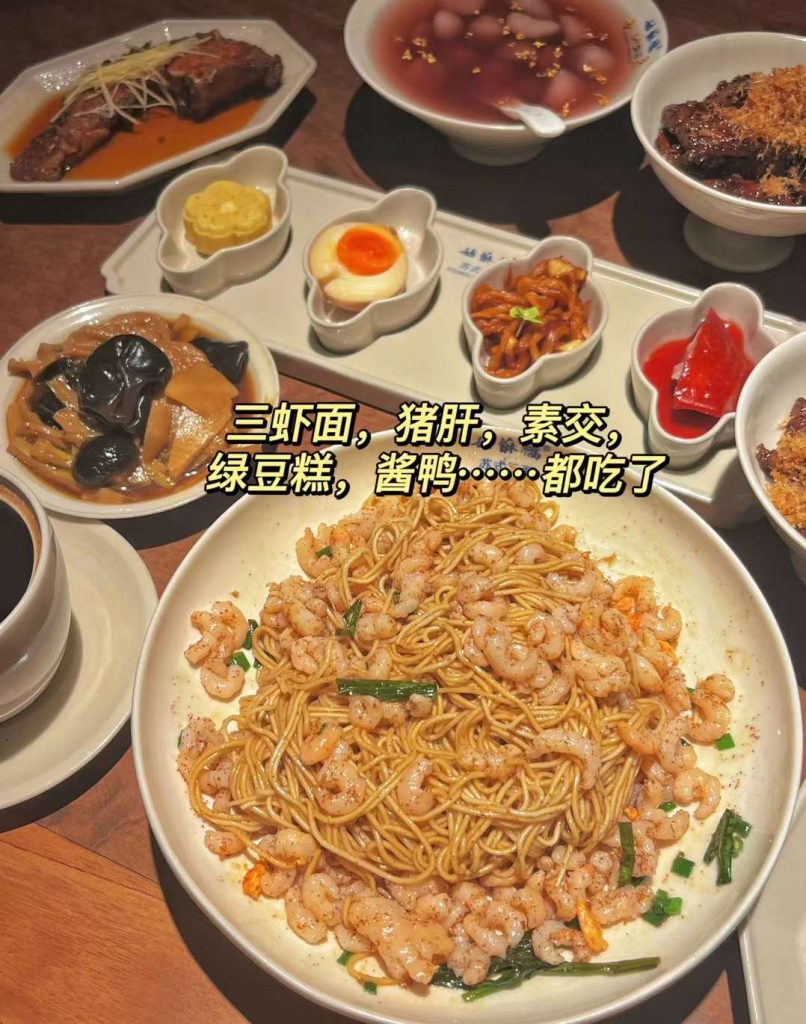
Crab roe rice (蟹黄饭 Xièhuáng fàn) is also a seasonal delicacy that can only be enjoyed in autumn, when the hairy crabs are at their best. The rice is cooked with the roe and meat of the crabs, as well as some seasonings such as ginger, soy sauce and sugar. The rice is rich and creamy, with a strong crab flavor and aroma. The dish is usually served with vinegar and ginger shreds to balance the greasiness.
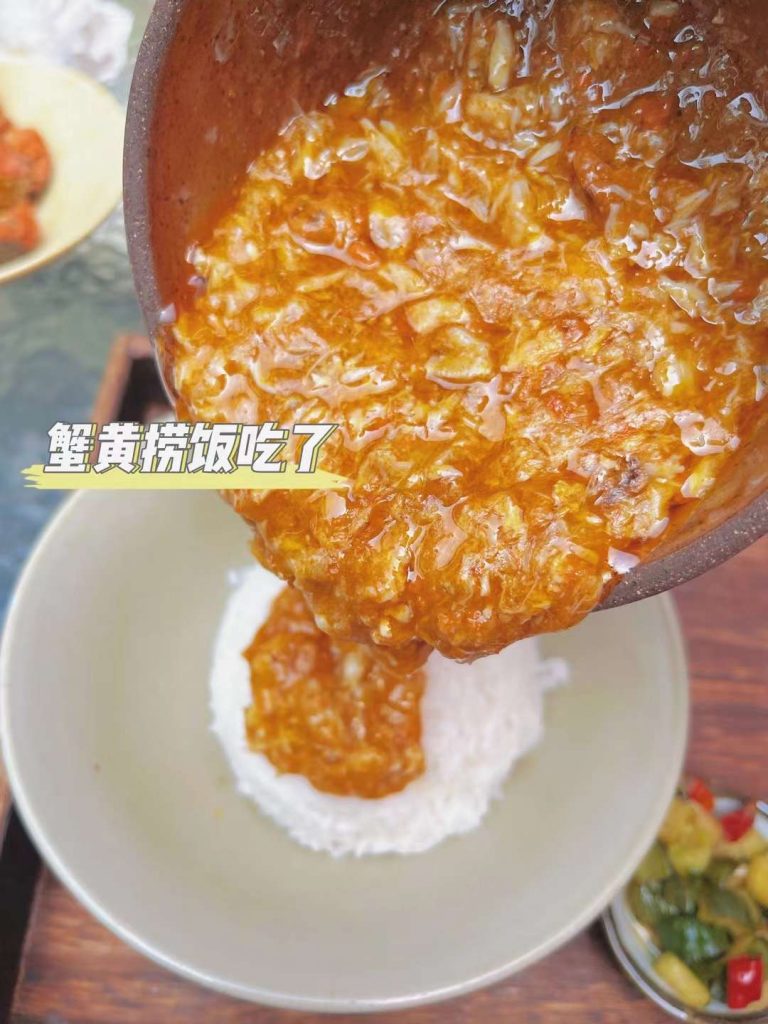
Drunken crab (醉蟹 zuì xiè) is a cold dish that is made by marinating raw hairy crabs in yellow rice alcohol, salt, sugar and spices for several days. The crabs are then refrigerated until they are ready to eat. The crabs are soft and juicy, with a hint of alcohol and spice. The dish is said to have health benefits such as nourishing the blood, clearing the heat and moistening the lungs. I hope to try this dish on a later visit.
In addition, I have enjoyed tasting various local snacks and drinks, as below. Hope you all get a chance to visit Suzhou and taste the difference one day.
Author: Jiangyue CHEN
Editors: Isabella Souza McLaughlin, Liang WANG
Related reading
- Happy Summer with Yangzhi Ganlu (Jiangyue CHEN)

